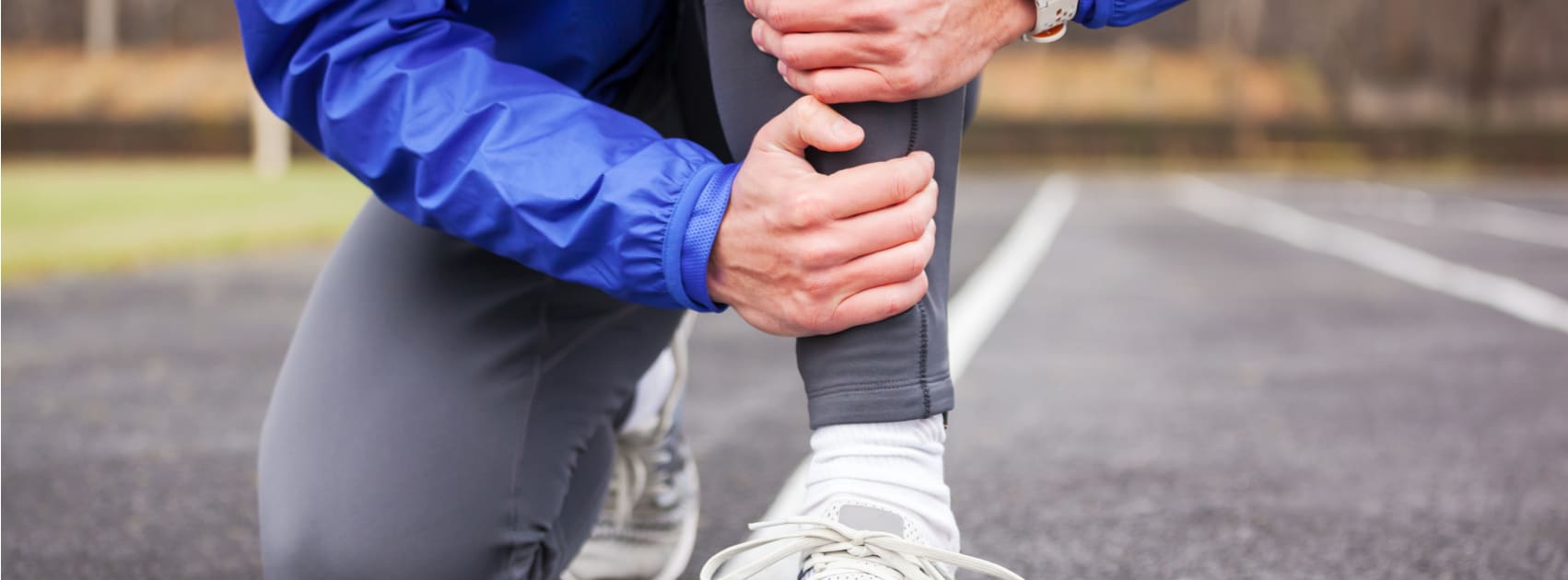It is a sterile invasive technique where solid filament needles (acupuncture needles) penetrate the skin to help reduce muscle tension, injury, pain and dysfunction.
Dry Needling is a method used to specifically target muscle tension (trigger points) and restore correct muscle function. Trigger points are composed of multiple tight contraction knots within the muscle which will cause pain and muscle dysfunction within the body.

How does Dry Needling work?
The exact mechanism is complex and is not fully understood. There is scientific evidence that supports the positive effect the insertion of the dry needling technique has on our body.
Studies have shown that by inserting a needle into trigger points it will cause biomechanical changes which will help alleviate pain. The needle insertion will elicit a ‘twitch’ response within the muscle, this will release the trigger point with the muscle, reducing the pain.
Is Dry Needling the same as Acupuncture?
No. It uses the same needles as acupuncture but it is not the same technique. Dry Needling is based on Western medicine principles, whereby it is treating the myofascial trigger points. Acupuncture is based on restoring the flow of energy within the body.
Is it Painful?
Most patients don’t feel the insertion of the needle. The local twitch responses may elicit a brief painful response. Some patients may describe it as a cramping sensation and some may feel like a ‘little electric shock’. The twitch response that is elicited is the desirable reaction in achieving a therapeutic effect.
What should I do after having Dry Needling?
Every patient is different, so our recommendations will vary on the amount of soreness each individual may have during the session. Our recommendation may include a gentle stretching programme, modification of activity, the application of ice or heat.
Where does Dry Needling come into my rehabilitation programme?
Our Physiotherapists will carry out a comprehensive assessment where they will assess multiple joints, tissues and structures. Based on the movement patterns and pain complaints dry needling may be introduced to help break down the pain barrier.
It is not meant to replace conventional medical interventions such as Physiotherapy. When used in conjunction with Physiotherapy It will help to accelerate pain reduction, healing and help restore normal muscle function.
What conditions may be treated with Dry Needling?
Dry needling may be used to treat a variety of musculoskeletal problems. Including:



